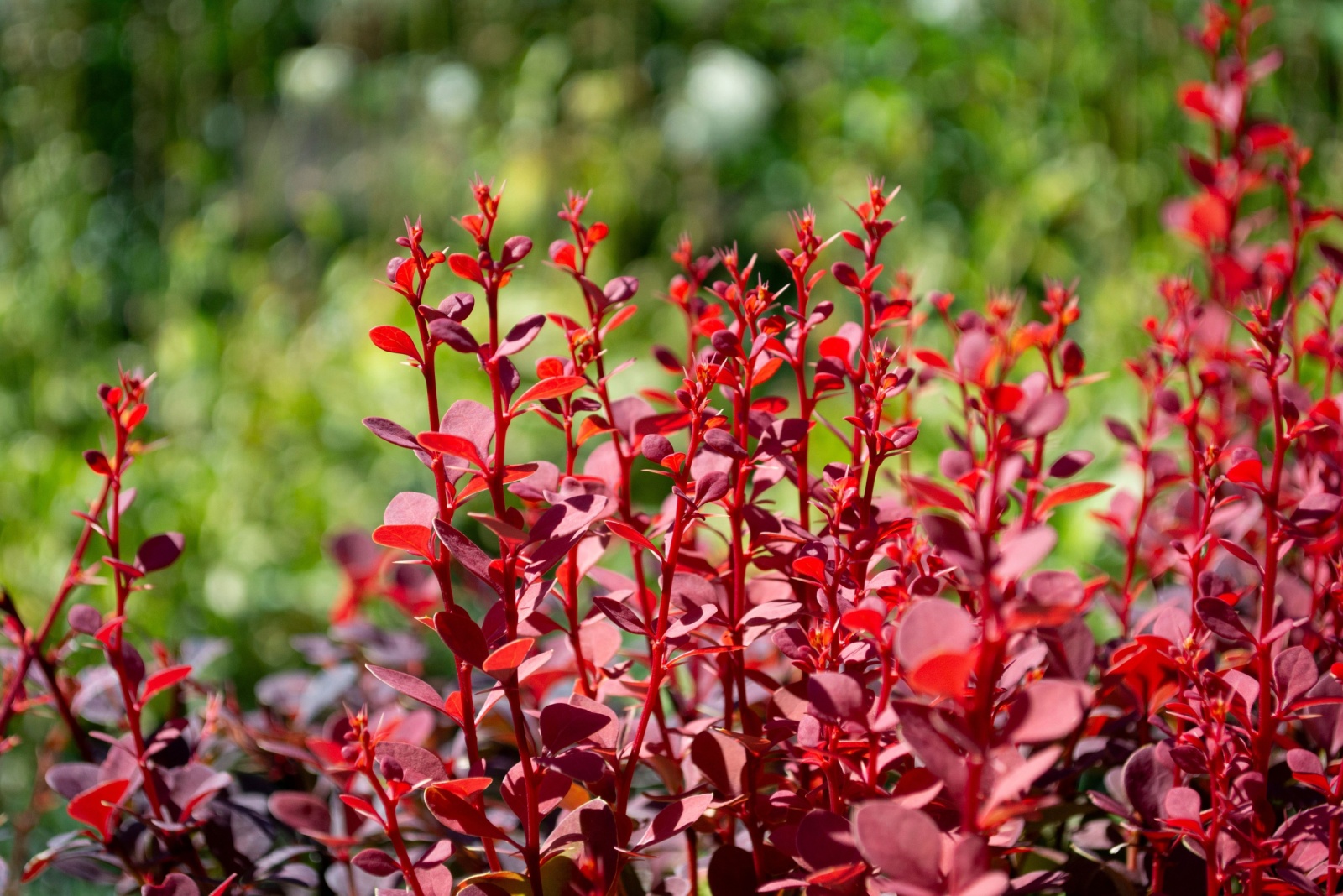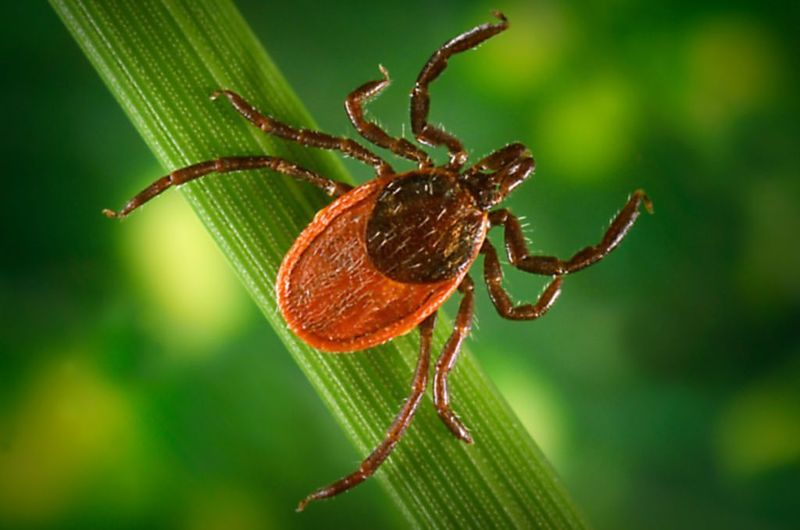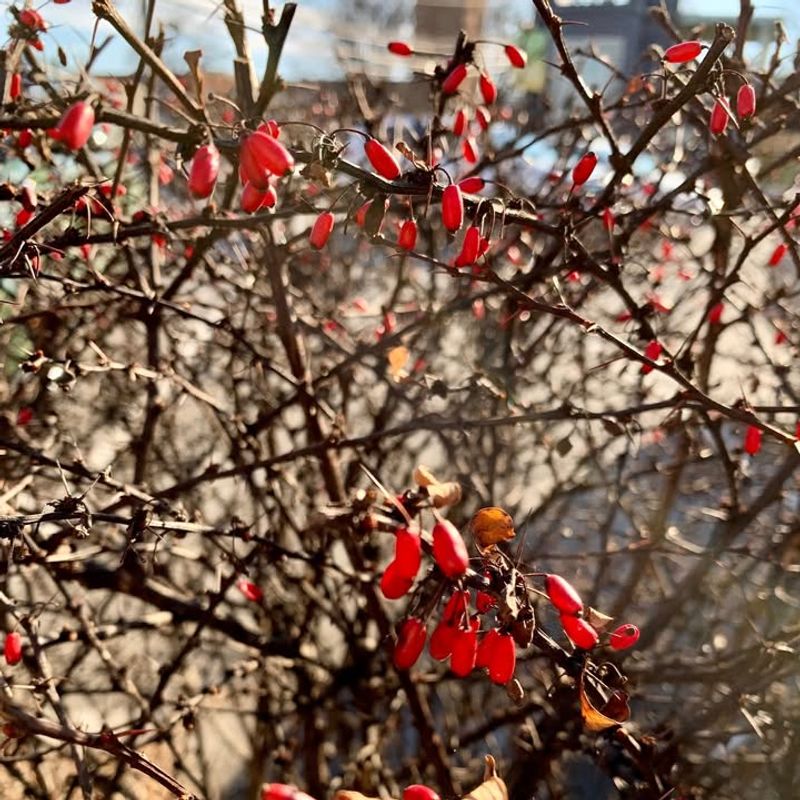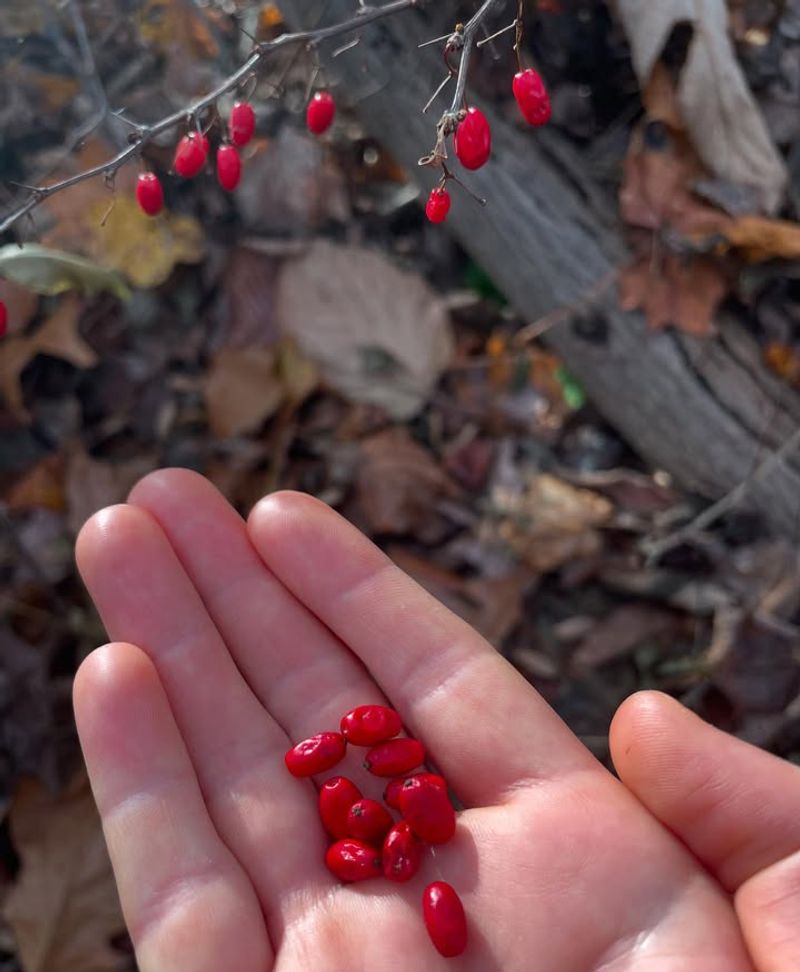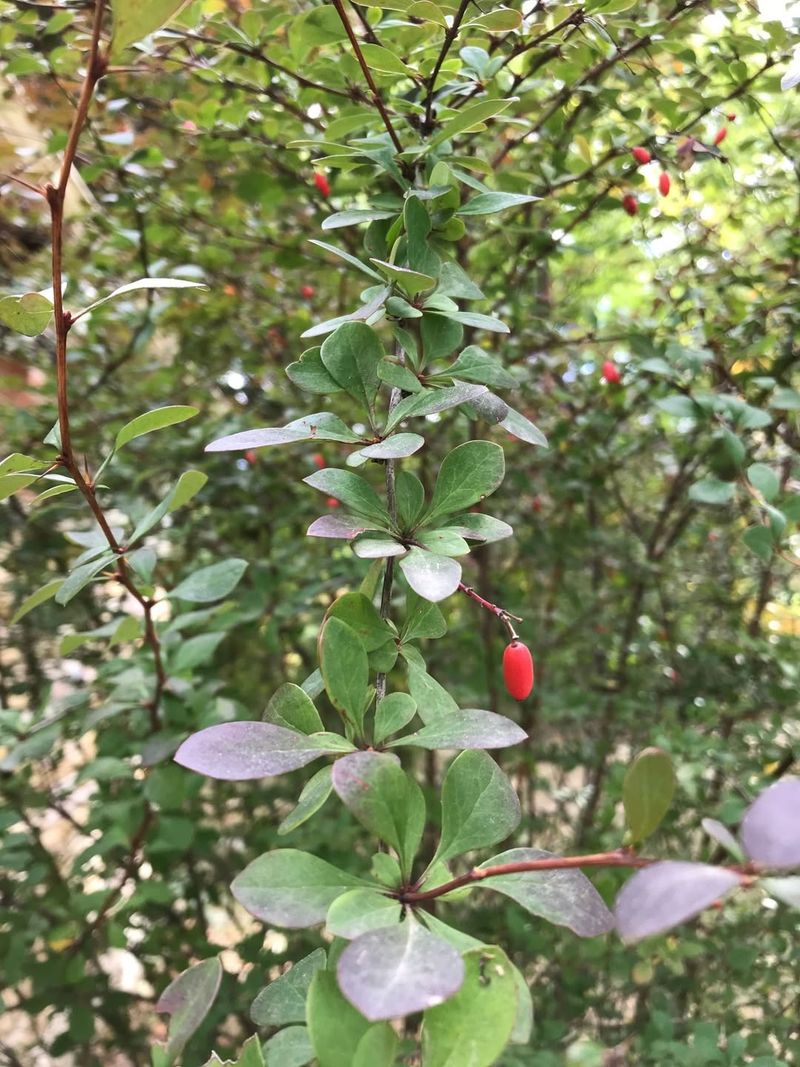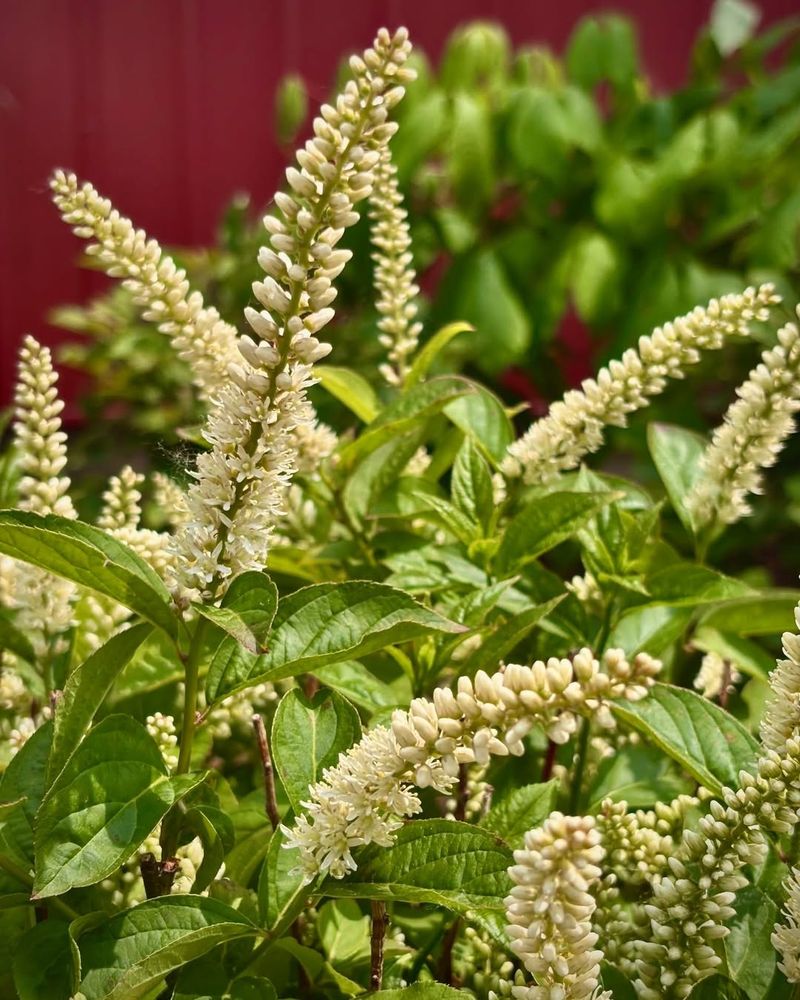Every rose may have its thorn, but some garden plants hide a far nastier surprise. Beneath their glossy leaves lurks trouble — a perfect hangout for pests that bite more than they bark.
And while it may look like an elegant shrub for North Carolina landscapes, one spiky favorite turns your yard into a tick hotel — Japanese barberry.
1. Tick Magnet In Disguise
Japanese Barberry creates the perfect microclimate for ticks to thrive. The dense branches trap humidity and provide shelter, increasing tick populations by up to 120% compared to natural areas.
Studies show areas with Japanese Barberry have nearly three times more disease-carrying ticks than areas without it. For North Carolina pet owners, this means your dog or cat faces significantly higher exposure to tick-borne diseases during neighborhood walks or backyard playtime.
2. Lyme Disease Connection
The connection between Japanese Barberry and Lyme disease is alarming. When ticks gather in these shrubs, they often carry Borrelia burgdorferi, the bacteria causing Lyme disease.
Dogs romping through areas with Japanese Barberry face higher risks of tick bites and potential infection. Symptoms like fever, lameness, and swollen joints might not appear until weeks after exposure, making early detection challenging for even vigilant pet parents.
3. Painful Thorns Hurt Paws
Beyond the tick problem, Japanese Barberry sports sharp, needle-like thorns that can painfully puncture your pet’s paws and skin. Unlike some thorny plants that are obvious to avoid, these barbs hide among the attractive foliage.
When pets investigate or chase toys into these bushes, they risk painful injuries. The thorns can break off in skin, causing infections that require veterinary attention – an unexpected expense and unnecessary suffering for your furry companion.
4. Toxic Berries Tempt Curious Pets
Those bright red berries aren’t just eye-catching to humans – they attract curious pets too! Japanese Barberry produces berries containing compounds that can cause mild to moderate stomach upset in dogs and cats.
While not typically fatal, ingestion leads to vomiting, diarrhea, and abdominal pain. Puppies and kittens with their explore-everything attitudes are particularly vulnerable to sampling these deceptively pretty but problematic fruits during backyard adventures.
5. Invasive Nature Threatens Local Ecosystems
Japanese Barberry bullies native North Carolina plants right out of the ecosystem. It spreads aggressively through bird-dispersed seeds and forms dense thickets that choke out beneficial native vegetation that wildlife depends on.
When you allow this plant near your property, you’re inadvertently contributing to habitat loss. The ecological damage extends beyond your yard, affecting the entire food web including the beneficial insects and birds that naturally help control pest populations around your home.
6. Legal Restrictions In North Carolina
North Carolina has officially declared war on Japanese Barberry! The NC Department of Agriculture lists it as a Class C noxious weed, meaning it’s recognized as harmful to agriculture, public health, and natural resources.
Many counties actively discourage planting it, and some garden centers have voluntarily stopped selling it. Forward-thinking communities are organizing removal events to combat existing populations, recognizing the multiple threats this plant poses to people, pets, and local ecosystems.
7. Pet-Friendly Alternatives For Your Landscape
Good news! You don’t need to sacrifice beauty for safety in your yard. Native North Carolina shrubs like Virginia Sweetspire, Inkberry Holly, and Beautyberry provide similar aesthetic appeal without the dangers.
These alternatives offer gorgeous seasonal color changes, berries for birds, and won’t harbor excessive tick populations. Local nurseries specializing in native plants can help you select options that match your soil type and sun exposure while keeping your furry friends safe from tick-borne diseases.

